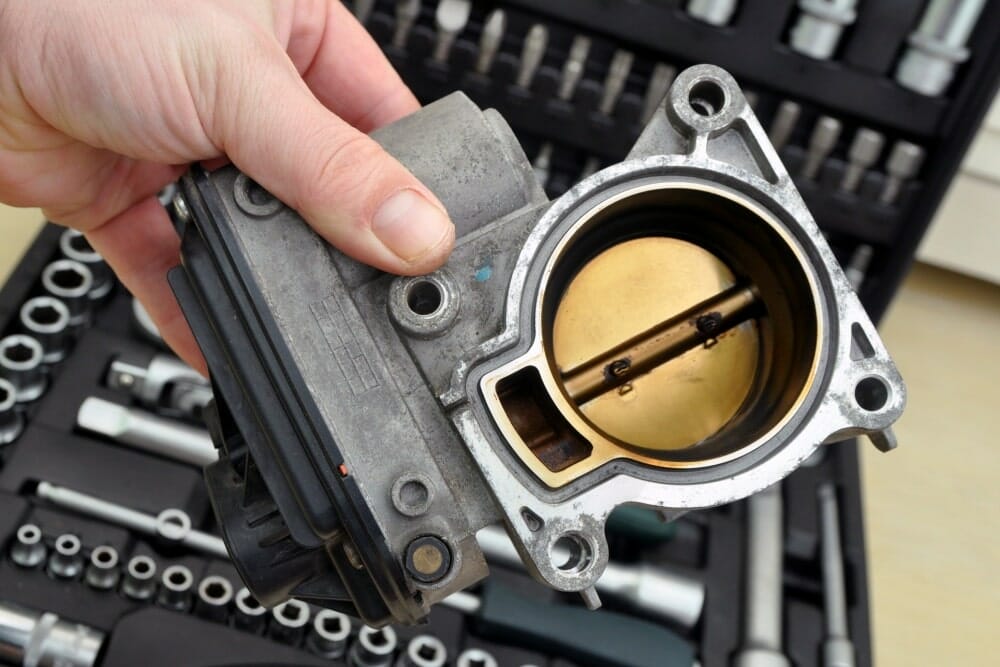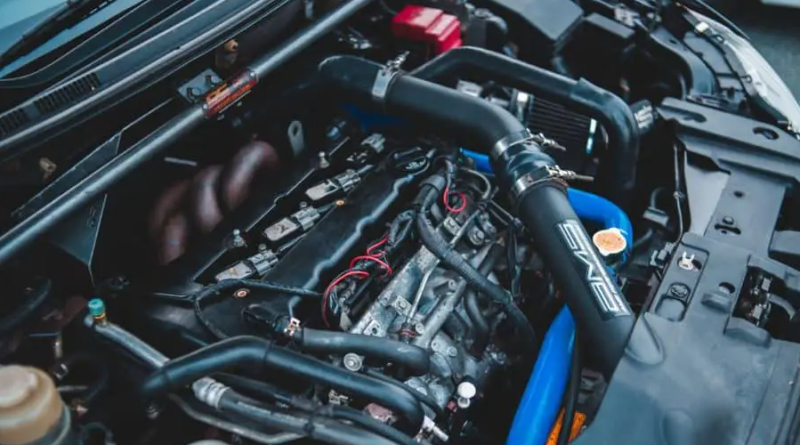The Shocking Truth About the Lightning Bolt Dash Light: Common Causes and Solutions
The Lightning Bolt Dash Light, also known as the Electronic Throttle Control (ETC) warning light, is a significant indicator on a vehicle’s dashboard. When this light comes on, it is a clear indication that there is a problem with the vehicle’s throttle system. The throttle system is responsible for controlling the amount of air that enters the engine, which in turn affects the vehicle’s performance. Understanding the meaning behind this warning light and taking appropriate action is crucial to ensure the safety and proper functioning of your vehicle.
Understanding the Lightning Bolt Dash Light: What Does it Mean?
The Lightning Bolt Dash Light is an important warning light that should not be ignored. When this light comes on, it means that there is a problem with the vehicle’s throttle system. The throttle system controls the amount of air that enters the engine, which is essential for combustion and power generation. If there is an issue with the throttle system, it can affect the vehicle’s performance and may even lead to a complete loss of power.
Common Causes of the Lightning Bolt Dash Light: Explained

There are several common causes of the Lightning Bolt Dash Light coming on in a vehicle. These causes can range from minor issues to more serious problems that require immediate attention. One common cause is a weak or dead battery. If the battery does not have enough power to supply the electrical components of the vehicle, it can cause the Lightning Bolt Dash Light to come on. Another common cause is a faulty alternator. The alternator is responsible for charging the battery while the engine is running, and if it is not functioning properly, it can cause the Lightning Bolt Dash Light to illuminate.
Solution 1: Check the Battery
If you notice that the Lightning Bolt Dash Light has come on in your vehicle, one of the first things you should do is check the battery. A weak or dead battery can cause this warning light to come on. To check the battery, start by turning off the engine and opening the hood of your vehicle. Locate the battery and inspect it for any signs of damage or corrosion. If the battery appears to be in good condition, you can use a multimeter to test its voltage. A fully charged battery should have a voltage reading of around 12.6 volts. If the voltage is significantly lower than this, it may be time to replace the battery.
Solution 2: Inspect the Alternator
If the battery checks out and there are no issues with it, the next step is to inspect the alternator. A faulty alternator can cause the Lightning Bolt Dash Light to come on. To inspect the alternator, start by turning off the engine and opening the hood of your vehicle. Locate the alternator, which is typically attached to the engine block with a belt. Inspect the alternator for any signs of damage or wear. You can also use a multimeter to test the alternator’s output voltage. A properly functioning alternator should have an output voltage of around 13.5 to 14.5 volts. If the output voltage is significantly lower than this, it may be time to replace the alternator.
Solution 3: Examine the Electrical System
If both the battery and alternator are in good condition, the next step is to examine the electrical system of your vehicle. A problem with the electrical system can cause the Lightning Bolt Dash Light to come on. Start by checking all of the fuses and relays in your vehicle’s fuse box. Look for any blown fuses or damaged relays and replace them if necessary. You should also check all of the wiring connections in your vehicle, making sure that they are secure and free from corrosion or damage.
Solution 4: Check the Throttle Body
Another common cause of the Lightning Bolt Dash Light coming on is a dirty or faulty throttle body. The throttle body is responsible for controlling the amount of air that enters the engine, and if it becomes dirty or malfunctions, it can cause the Lightning Bolt Dash Light to illuminate. To check the throttle body, start by turning off the engine and opening the hood of your vehicle. Locate the throttle body, which is typically attached to the intake manifold. Inspect the throttle body for any signs of dirt or debris. If it appears dirty, you can clean it using a throttle body cleaner and a soft brush. If the throttle body is faulty, it may need to be replaced.
Solution 5: Inspect the Fuel System

A problem with the fuel system can also cause the Lightning Bolt Dash Light to come on. Start by checking the fuel filter, which is responsible for removing impurities from the fuel before it reaches the engine. If the fuel filter is clogged or dirty, it can restrict the flow of fuel and cause the Lightning Bolt Dash Light to illuminate. Inspect the fuel filter for any signs of dirt or debris and replace it if necessary. You should also check the fuel pump, which is responsible for delivering fuel from the tank to the engine. If the fuel pump is faulty, it may need to be replaced.
Solution 6: Check the Transmission
Lastly, a problem with the transmission can cause the Lightning Bolt Dash Light to come on. Start by checking the transmission fluid level and condition. Low or dirty transmission fluid can cause issues with shifting and can trigger the Lightning Bolt Dash Light. If the fluid level is low, you can add more fluid to bring it up to the proper level. If the fluid appears dirty or has a burnt smell, it may be time for a transmission fluid flush and filter replacement.
Conclusion: Taking Action to Address the Lightning Bolt Dash Light
In conclusion, understanding and addressing the Lightning Bolt Dash Light in your vehicle is crucial for maintaining its performance and ensuring your safety on the road. The Lightning Bolt Dash Light indicates a problem with the vehicle’s throttle system, which can range from minor issues to more serious problems. By following the solutions outlined in this article, such as checking the battery, inspecting the alternator, examining the electrical system, checking the throttle body, inspecting the fuel system, and checking the transmission, you can take appropriate action to address the issue and prevent further damage. Remember, prompt action is key to resolving any issues and ensuring your vehicle’s optimal performance.
